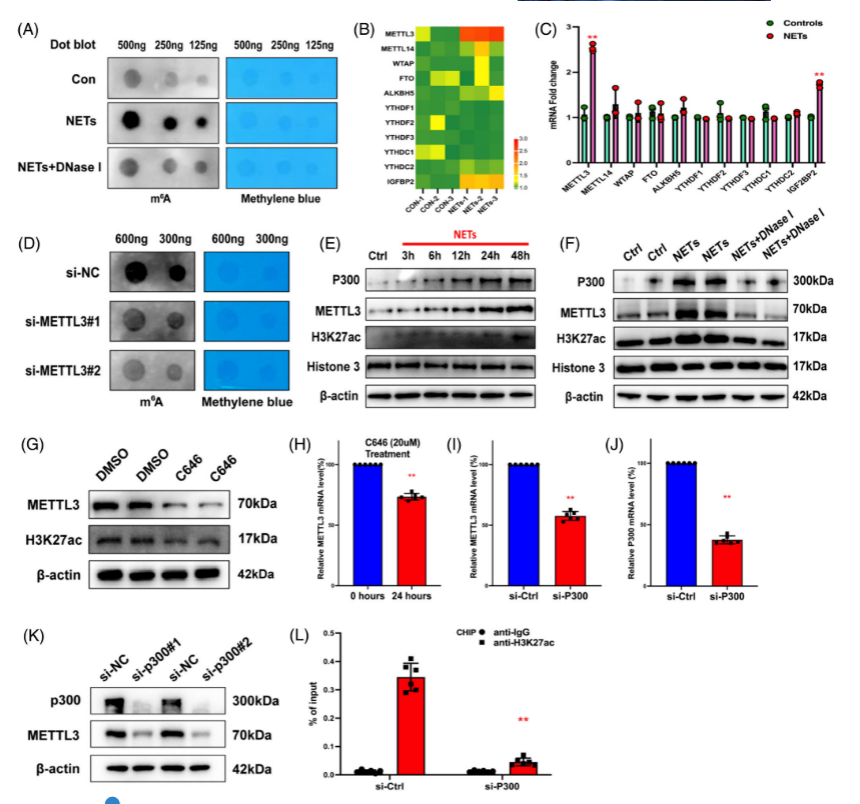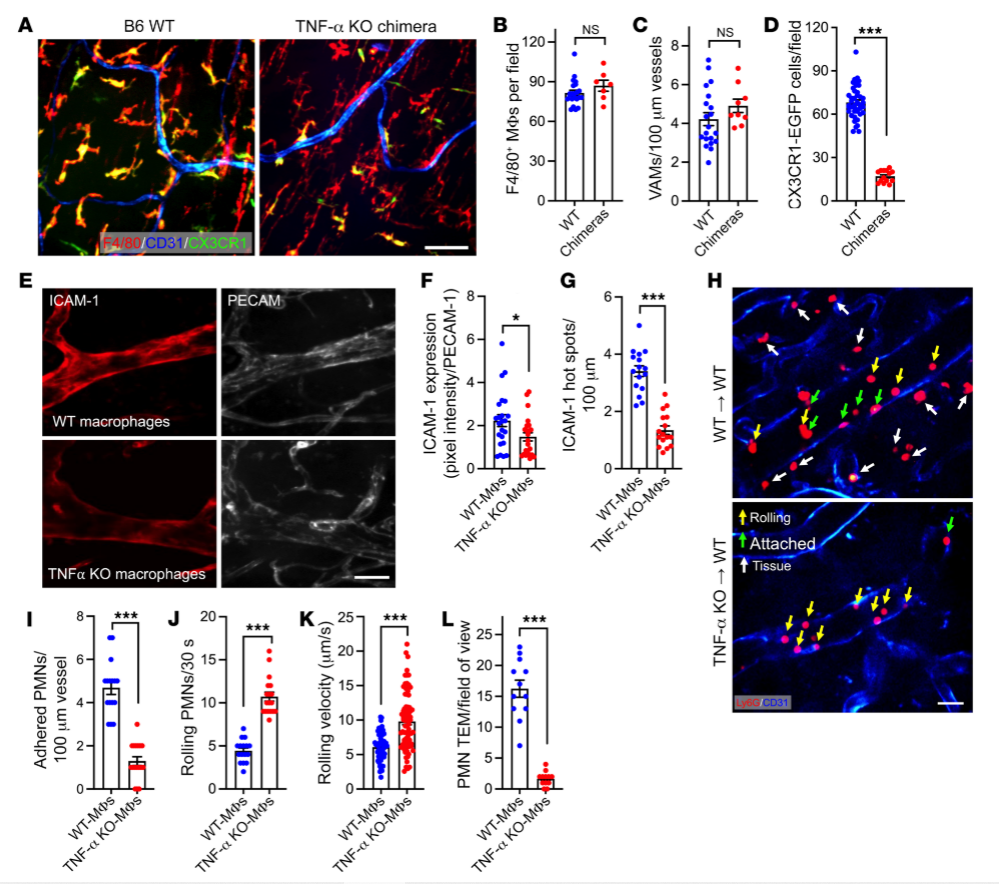[Research Frontier] New trends in CRISPR-- KO Cells Reveal Key Factors in Ferroptosis
KO cell lines
CRISPR/Cas9 knockout cells has a wide range of applications in life sciences, medicine and drug discovery, such as to generate disease models, drug screening and target validation, and knockout of disease-causing genes to achieve gene therapy for diseases. In this article, we have selected three studies on gene KO cells to explain to you the latest progress of this technology.
1. FKRP K O Therapy shed a light on LGMDR9 Disease Treatment
Limb-Girdle Muscular Dystrophy R9 (LGMDR9) is a rare neuromuscular disease caused by defects in the Fukutin-related protein (FKRP) gene leading to a lack of glycosylation of α-DG, which in turn disrupts the integrity of the cell membrane . C urrently, gene therapy using recombinant adeno-associated virus (rAAV) as a vector has become an important means of treating such diseases, providing an effective therapeutic strategy for this type of neuromuscular disease.
In the clinical trial phase, to demonstrate the safety and efficacy of the therapeutic product, researchers used CRISPR-Cas9 technology to create FKRP knockout cells, which were completely lacking in α-DG glycosylation, and developed a high-throughput On-Cell-Western technique to assess the effect of the gene therapy on the restoration of α-DG glycosylation in the knockout cells, thereby quantify the biological activity of the FKRP transgene, by which the half-maximal effective concentration (EC50) can be determined to compare different batches of rAAV-FKRP products. Mimicking the LGMDR9 disease state by FKRP knockout cells provides a powerful tool for studying LGMDR9 disease by better understanding the pathogenesis and potential treatments for the disease.

Fig 1. Reduced alpha-DG protein levels in FKRP knockout cells
2. Discover the Mystery of Sepsis: METTL3 K O Cells Reveal Role of NETs and Ferroptosis
Neutrophil extracellular traps (NETs) play an important role in sepsis-induced acute lung injury (SI-ALI). NETs are released by polymorphonuclear neutrophils, which have potent antimicrobial properties but are also involved in exacerbation of the condition in infectious diseases such as sepsis. In this paper, we found that NETs trigger SI-ALI in alveolar epithelial cells by inducing ferroptosis . In patients and model mice with SI-ALI, the excessive release of NETs is accompanied by enhanced ferroptosis, a process that is dependent on METTL3-mediated m6A modification of HIF-1α and subsequent reprogramming of mitochondrial metabolism.
R esearchers compared METTL3 overexpression and knock out cells by RNA sequencing and MeRIP-seq techniques, and found that NETs-induced SI-ALI symptoms were alleviated and NETs-induced ferroptosis was significantly suppressed by METTL3 KO cells , suggesting that METTL3 plays a key role in NETs-induced lung injury. METTL3 affects NETs by regulating ferroptosis . This study demonstrated that METTL3 plays a key role in NETs-induced SI-ALI and ferroptosis , and the METTL3 knockout cells helped researchers to gain insight into the mechanism of NETs in SI-ALI and provided new ideas and methods for future treatment.

Fig. 2 METTL3 is important for SI-ALI and ferroptosis regulation
3. TNF-α Knockout Cells Emerge as a Rising Star for PMN Research

Fig.3 TNF- α knockout cells and control WT macrophage chimeras to detect TNF- α and PMN TEM association
EDITGENE offers 3800+ pre-made KO cell lines , including the aforementioned FKRP, METTL3 and TNF knockout cells. Only $1900!
Recent Posts
CRISPR screen decodes stimulatory responses of primary T cells
New trends in CRISPR detection: Monkeypox virus detection
[DEC Bestselling Products] GLP1R, CTNNB1, PKM Knockout Cell Lines
Contact Us
Email:info@editxor.com
Phone:833-2263234 (USA)










![[Customer Publication] Methylation “Fingerprint” Detection May Transform Early Cancer Screening](/uploads/20250527/bL2GJjteMDvzmZys_53c82bdd67704fe0e159246934f924ee.png)

Comment (4)